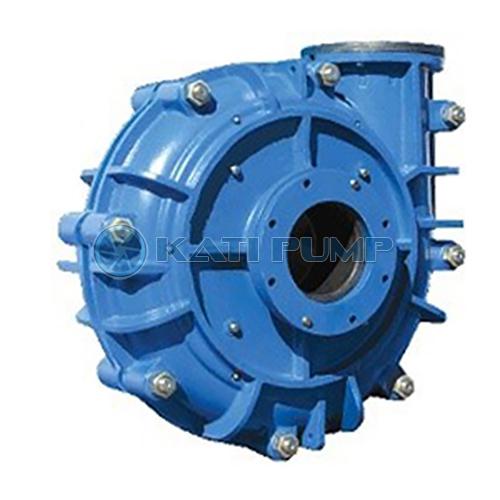As the name implies, sludge pumps handle and convey waste liquids with high solids content. Because sludge and slurry pumps operate similarly, people often use the two names interchangeably. Because of the type of material these pumps move, they must have extremely high-powered mechanisms. After all, sludge is not only heavy, but it can also contain corrosive or volatile components. As the name implies, sludge pumps handle and transport waste liquids with high solids content. Because sludge and slurry pumps have similar operations, people often use the two names interchangeably. Because of the type of material these pumps move, they must have extremely high-powered mechanisms. After all, sludge is not only heavy, but can also contain corrosive or volatile components.
What is slurry?
First, what is a slurry? A slurry is a semi-liquid mixture, usually consisting of fine particles. Examples of slurries can include manure, cement, starch or coal suspended in water. There are countless other combinations that can be considered "slurries". Because of the added particles and thicker consistency, special pump requirements should be considered. A standard pump may be able to handle the fluid, but not as effectively as a properly sized slurry pump.
Let's consider the impeller. The vanes of a slurry pump must be thicker than the pump to prevent wear. Due to the increased thickness, there will be fewer vanes, otherwise the passage will be too narrow and will affect the performance of the pump. The impeller should have a large enough passage so that the largest solid particles can pass through without clogging.
Another important part of the slurry pump is its casing, which bears all the pressure. The slurry pump casing should have a large clearance between the impeller and the diversion angle to reduce wear and prevent large solid particles from getting stuck. Due to the extra space, there is more recirculation in the slurry pump casing under various operating conditions. Again, this accelerates wear compared to typical pumps.
Metal slurry pump housings are often made of carbide to resist erosion caused by increased pressure and circulation. Sometimes wear-resistant steel is used on the pump casing so that the pump can be welded in case repairs are needed.
Keep in mind that slurry pumps are designed to adapt to specific pumping conditions. Pumps used in the cement industry handle mainly fine particles at low pressures, so the casing can be of light construction. In rock pumping, the casing and impeller must be able to resist violent impacts, so they must be made thick and strong.
The slurry pump can also simply axially adjust the clearance between the impeller and the adjacent throat casing sealing surface. This helps maintain pump performance when internal components begin to wear.

Choosing the right product
For this type of pump, working with Hebei KATI is crucial. In addition to receiving expert help in the selection process, you will have confidence in the pump's performance. When you meet with the manufacturer, a company representative will gather relevant information and then discuss with you various factors such as pump components, including impeller design and size, materials of construction, discharge configuration and more.
The ultimate goal is for you to select a pump capable of conveying a specific type of sludge. Obviously, the heavier the sludge, the more horsepower the pump will require. Among the different types of pumps used for this purpose, Hebei KATI, as the best slurry pump manufacturer, recommends the centrifugal design. Using the centrifugal force generated by the rotating impeller to produce kinetic energy provides superior performance and efficiency.
Copyright:@2020-2021
Comments Please sign in or sign up to post.
0
0 of 500 characters used